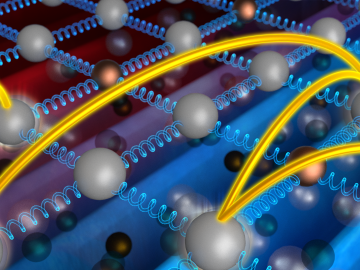Filter News
Area of Research
- Advanced Manufacturing (1)
- Biological Systems (1)
- Biology and Environment (1)
- Clean Energy (12)
- Climate and Environmental Systems (1)
- Computational Biology (1)
- Energy Frontier Research Centers (1)
- Fuel Cycle Science and Technology (1)
- Materials (20)
- Neutron Science (11)
- Nuclear Science and Technology (6)
- Nuclear Systems Modeling, Simulation and Validation (1)
- Sensors and Controls (1)
- Supercomputing (11)
News Type
Date
News Topics
- 3-D Printing/Advanced Manufacturing (3)
- Advanced Reactors (1)
- Artificial Intelligence (1)
- Bioenergy (2)
- Biomedical (1)
- Composites (1)
- Computer Science (7)
- Cybersecurity (1)
- Environment (1)
- Isotopes (2)
- Microscopy (1)
- Nanotechnology (2)
- Neutron Science (3)
- Nuclear Energy (2)
- Physics (3)
- Quantum Science (2)
- Security (3)
- Summit (2)
Media Contacts

Scientists at the Department of Energy’s Oak Ridge National Laboratory induced a two-dimensional material to cannibalize itself for atomic “building blocks” from which stable structures formed. The findings, reported in Nature Communications, provide insights that ...

The next cohort of Innovation Crossroads fellows at Oak Ridge National Laboratory will receive support from the U.S. Department of Energy’s Advanced Manufacturing Office (AMO) and the Tennessee Valley Authority (TVA). Officials made the announcement today at th...
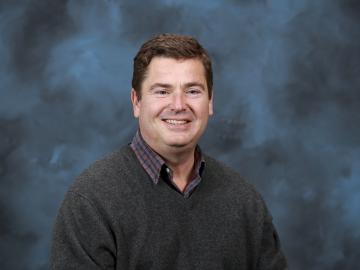
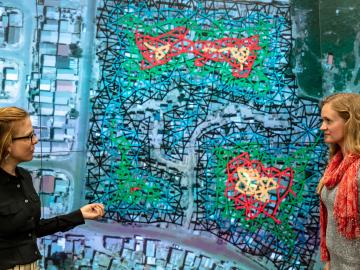
New mathematical models developed by the Department of Energy’s Oak Ridge National Laboratory with collaborators at Sam Houston State University and the University of Chicago can help guide changes to the layout of poor urban neighborhoods

Qrypt, Inc., has exclusively licensed a novel cyber security technology from the Department of Energy’s Oak Ridge National Laboratory, promising a stronger defense against cyberattacks including those posed by quantum computing.
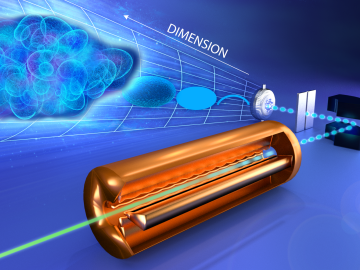

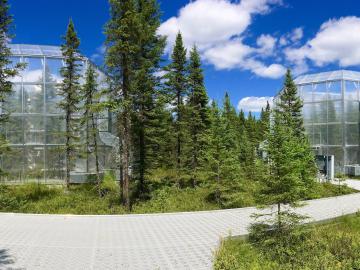
A futuristic experiment simulating warmer environmental conditions has shown that peatland vegetation responds to higher temperatures with an earlier and longer growth period.

Brixon, Inc., has exclusively licensed a multiparameter sensor technology from the Department of Energy’s Oak Ridge National Laboratory. The integrated platform uses various sensors that measure physical and environmental parameters and respond to standard security applications.
